During the Nguyen Dynasty, martial arts were standardized into books and taught in schools. Historical documents recorded that Vietnamese martial arts existed since the founding of the country and developed along with the cause of national defense. Martial arts played a very important role in "saving the suffering and helping the vulnerable", defending the weak, fighting against evil, fighting against foreign invaders, and protecting the country. However, it was not until 1721 that King Le Du Tong (1679 - 1731) opened a martial arts school and put martial arts into the framework of formal training.
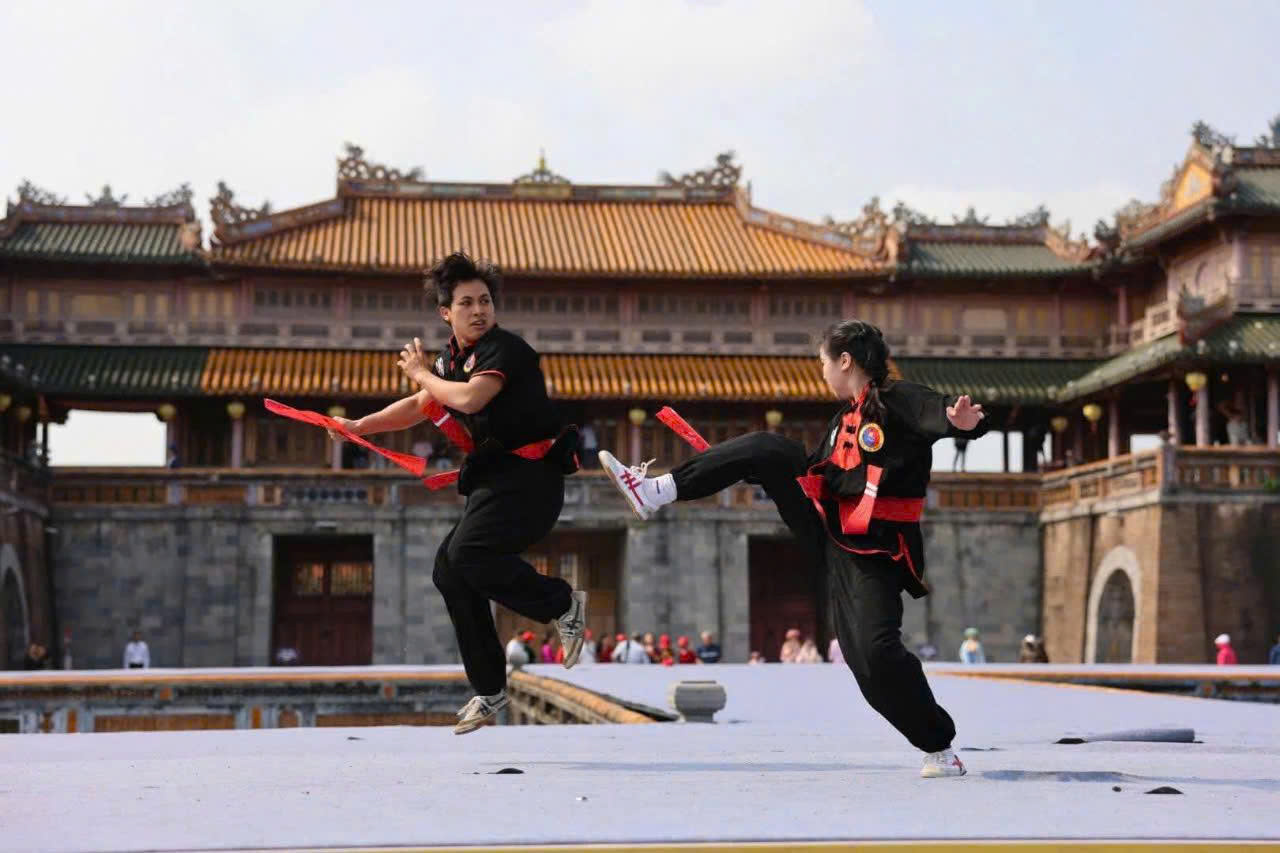
Students of the Van An martial arts school in Hue perform at Ngo Mon Gate during the Vietnamese martial arts festival in March 2025.
PHOTO: ANH THU
Nguyen Dynasty honored martial arts
During the Nguyen Dynasty, King Gia Long, after ascending the throne in Phu Xuan (in 1802), placed great importance on employing talented people and promoting martial arts. The military generals Ton That Hoi, Nguyen Van Truong, Le Van Duyet… who helped the king conquer the East and the North all held high positions in the royal court.
Following his father, King Minh Mang built the Vo Mieu (also known as Vo Thanh Mieu) in November 1835 in An Ninh Thuong village (now An Binh hamlet, Huong Ho ward, Hue city) next to Van Thanh temple to worship famous Vietnamese generals and famous generals of the Nguyen dynasty who had many achievements.
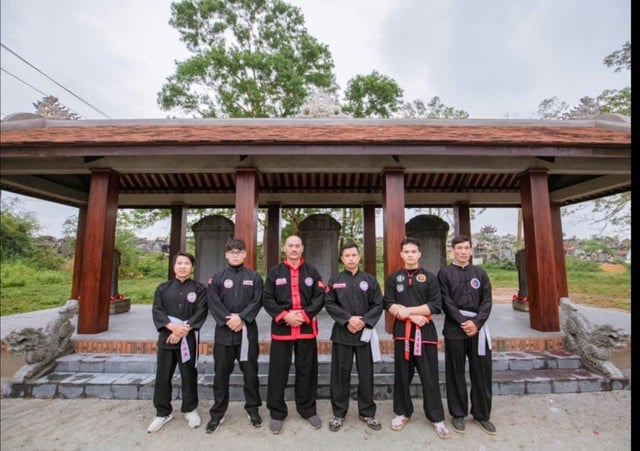
Disciples of the Van An Martial Arts School offer incense at the Martial Arts Temple on the occasion of the Quintessence of Vietnamese Martial Arts Festival.
PHOTO: ANH THU
The book Dai Nam Thuc Luc recorded about the construction of the Vo Mieu, that King Minh Mang had decreed: "The essential thing in governing the country is both literature and martial arts, neither side can be abandoned. Setting up the Vo Mieu is the right thing to do... From Dinh, Le, Ly, Tran, Le... every dynasty has had talented people with military strategy... Moreover, from the founding of the country to the restoration, the merits and achievements of this dynasty are brilliant, not inferior to those of the ancients, worthy of praise to encourage talents".
In 1837, the first Huong Vo and Hoi Vo examinations were held. The court stipulated that the Huong Vo examinations would be held in the years of Dan, Than, Ty, and Hoi; and the Hoi Vo examinations would be held in the years of Ty, Mao, Ngo, and Dau.
What is martial arts?
During the Nguyen Dynasty, Vietnamese martial arts were standardized into books and taught in schools, so they were called Vo Kinh.
In the Huong Vo examination, the court stipulated that those who passed the first three exams were martial arts bachelors, and those who passed the second exam were martial arts bachelors. For martial arts bachelors, the day of announcement, the interview, and questions from 3 to 4 questions from the books of Martial Arts, Four Books, and Five Books. Those who were well versed in Martial Arts, the Four Books, and Numerology were ranked first. The Huong Vo examinations were often organized by the court at examination schools in Thua Thien, Binh Dinh, Hanoi , and Thanh Hoa. Those who passed the bachelor and bachelor exams in these exams would be able to participate in the Hoi exam to select doctors and deputy doctors.
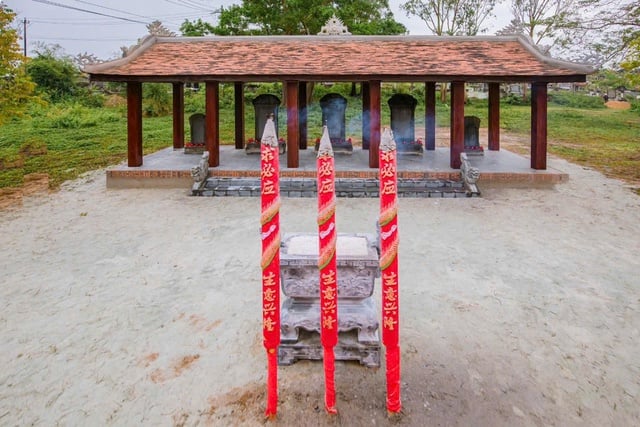
Stele of Vietnamese generals honored by the Nguyen Dynasty at the Temple of Literature
PHOTO: ANH THU
According to the Imperial Code of Dai Nam , in the martial arts examination, martial artists must pass three exams. Those who pass all three exams and are also literate will be allowed to take the exam at the royal palace. Here, martial artists with high scores in military strategy and literature will pass the martial arts doctorate. Martial artists who are not allowed to take the exam at the royal palace will be considered as deputy martial artists. After that, the martial artists who pass the exam will be honored by the royal court and appointed to military positions.
The competition ground is a large area in Tran Binh castle, surrounded by bamboo fences, with guard posts at the four corners, flags at the top, and bamboo spikes at the outside. Inside, it is divided into four main areas called vi (competition circle) in the following order: intelligence, bravery, talent, and strength. In front of each vi, there is a 7-foot-2-inch high tower with a gun, next to the tower there is a balcony for observation, and underneath there is a thatched house for the martial artists to live.
Master Doan Phu, Head of the Vo Ta - Ho Quyen Dao sect, said that historical records show that Vo Kinh is a martial art that was standardized by the Nguyen Dynasty into a popular textbook nationwide. Martial artists, regardless of the sect, when competing in martial arts competitions use Vo Kinh lessons to compete and those standardized martial arts lessons are commonly called Vo Ta (Vietnamese martial arts).
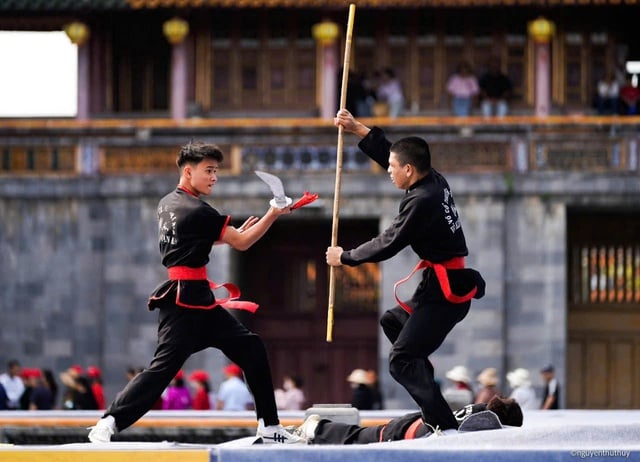
Students of the Van An martial arts school perform sword and stick duels at the Vietnam Martial Arts Essence Festival.
PHOTO: ANH THU
Specifically, the martial arts system includes martial arts from low to high levels from child prodigy, jade tran, phoenix, old plum... Regarding the use of weapons, there are eighteen martial arts, including 18 types of weapons used in combat, fighting enemies such as: knife, spear, sword, stick (thigh), bow, snake spear, iron spear, hammer, mace... Each type is also divided according to length, nature, shape and has different names.
"Vietnamese martial arts schools, regardless of their different origins and traditions, must all use the basic martial arts scriptures to practice for examination purposes. Therefore, although each school has different nuances, there are still common standards in the training of our martial arts, namely Vietnamese martial arts scriptures," said martial arts master Truong Quang Ngoc, head of Thieu Lam Van An (Hue).
"Calling Vo Kinh our martial art not only brings national pride, but also implies that this is a Vietnamese martial art, created by Vietnamese people, passed down and standardized into a popular system nationwide," said martial arts master Doan Phu. (to be continued)
Source: https://thanhnien.vn/tinh-hoa-vo-hoc-xu-hue-vo-kinh-thoi-nguyen-185250622224235812.htm


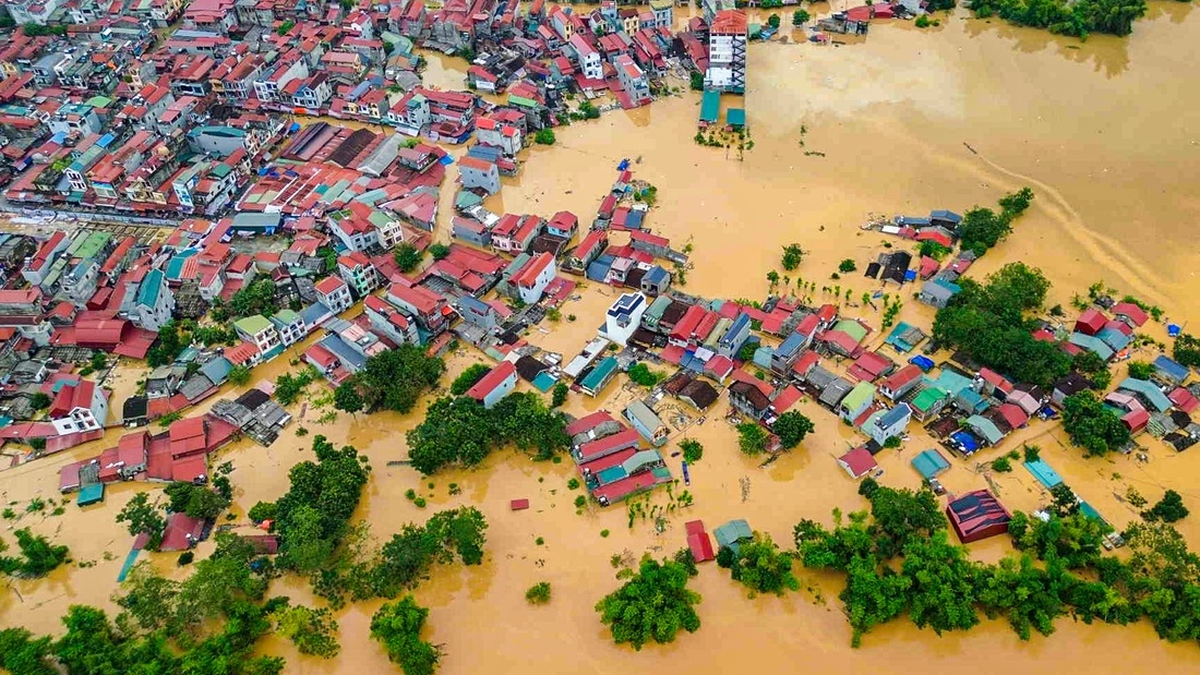

![[Photo] Prime Minister Pham Minh Chinh chairs the 16th meeting of the National Steering Committee on combating illegal fishing.](https://vphoto.vietnam.vn/thumb/1200x675/vietnam/resource/IMAGE/2025/10/07/1759848378556_dsc-9253-jpg.webp)


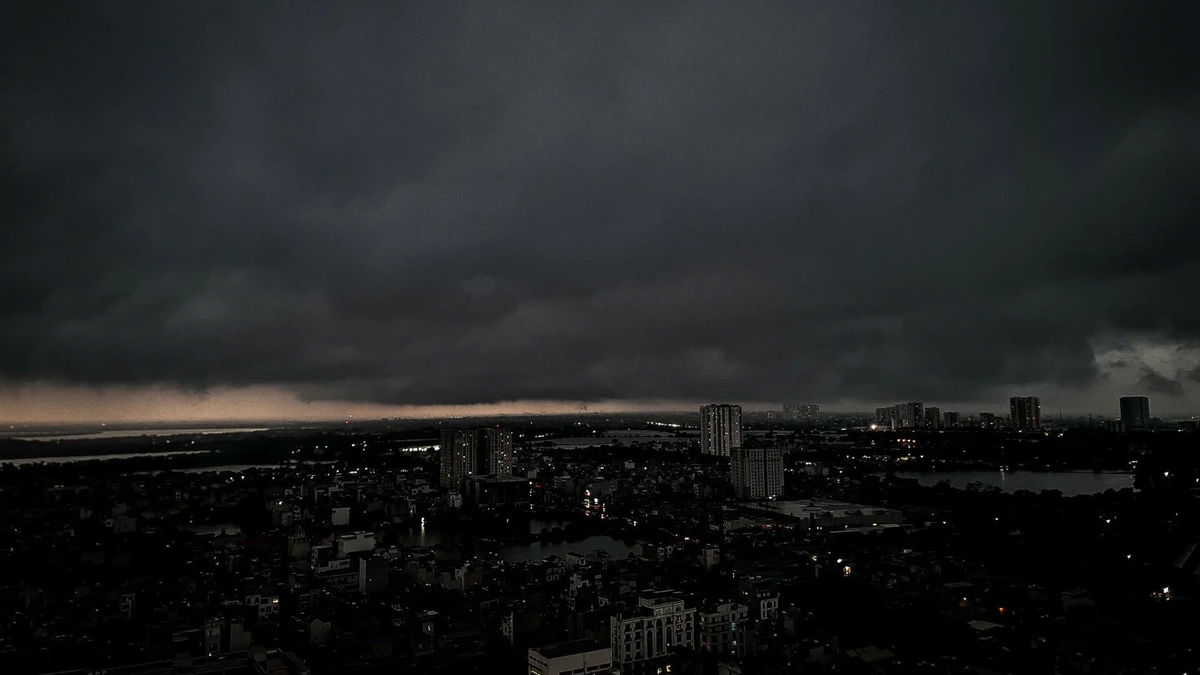


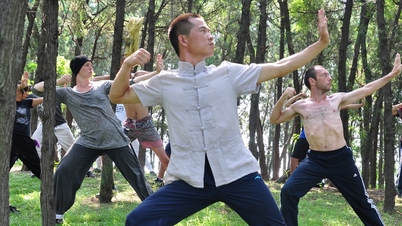


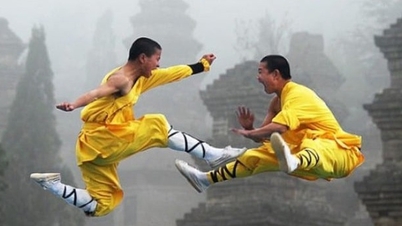







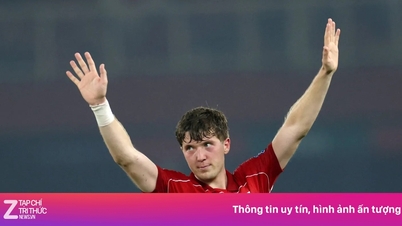



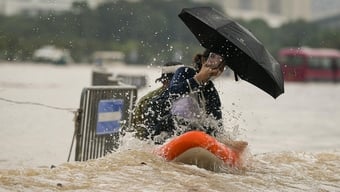
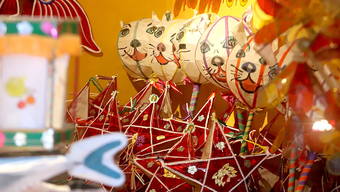
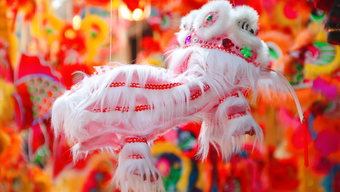






![[Photo] Super harvest moon shines brightly on Mid-Autumn Festival night around the world](https://vphoto.vietnam.vn/thumb/1200x675/vietnam/resource/IMAGE/2025/10/07/1759816565798_1759814567021-jpg.webp)
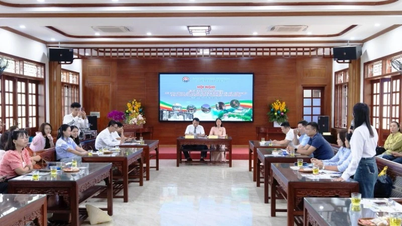





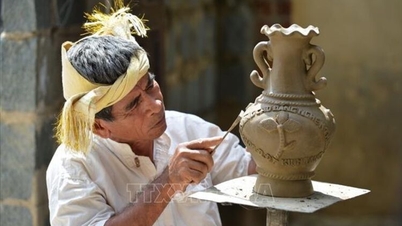

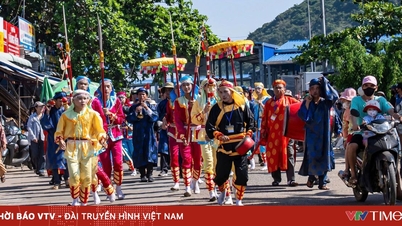
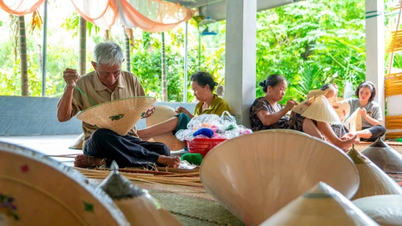






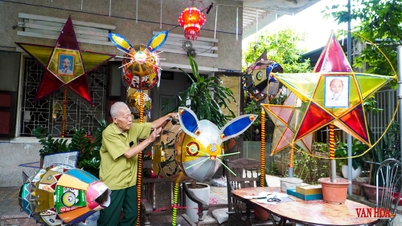

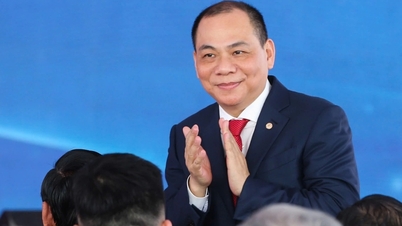
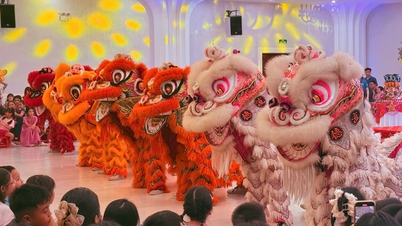

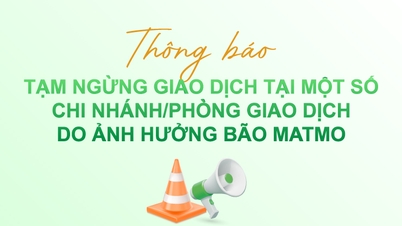


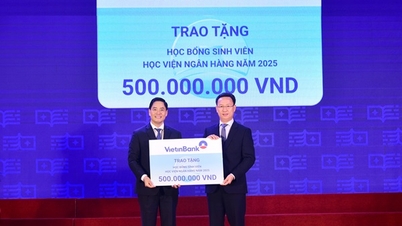






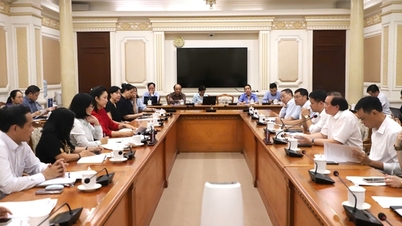

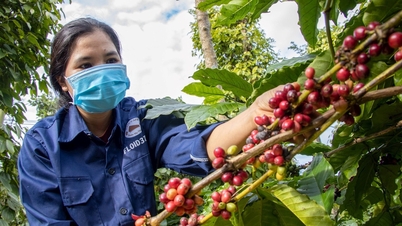





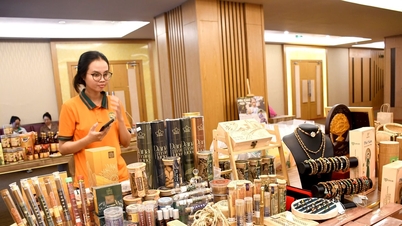





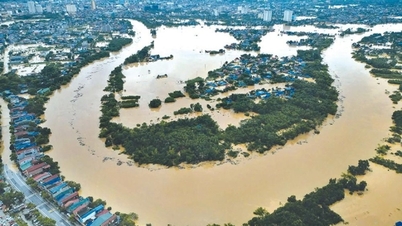


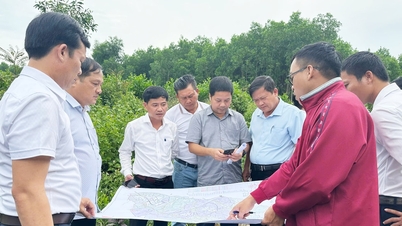


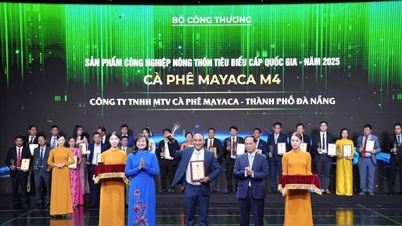
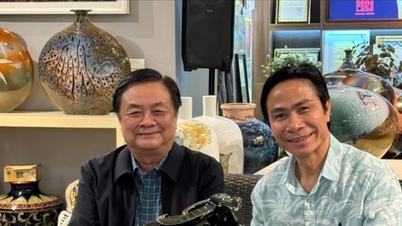
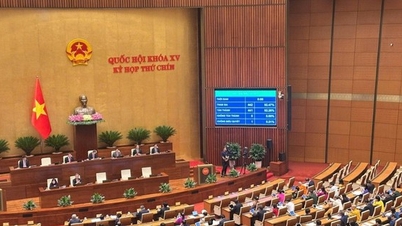




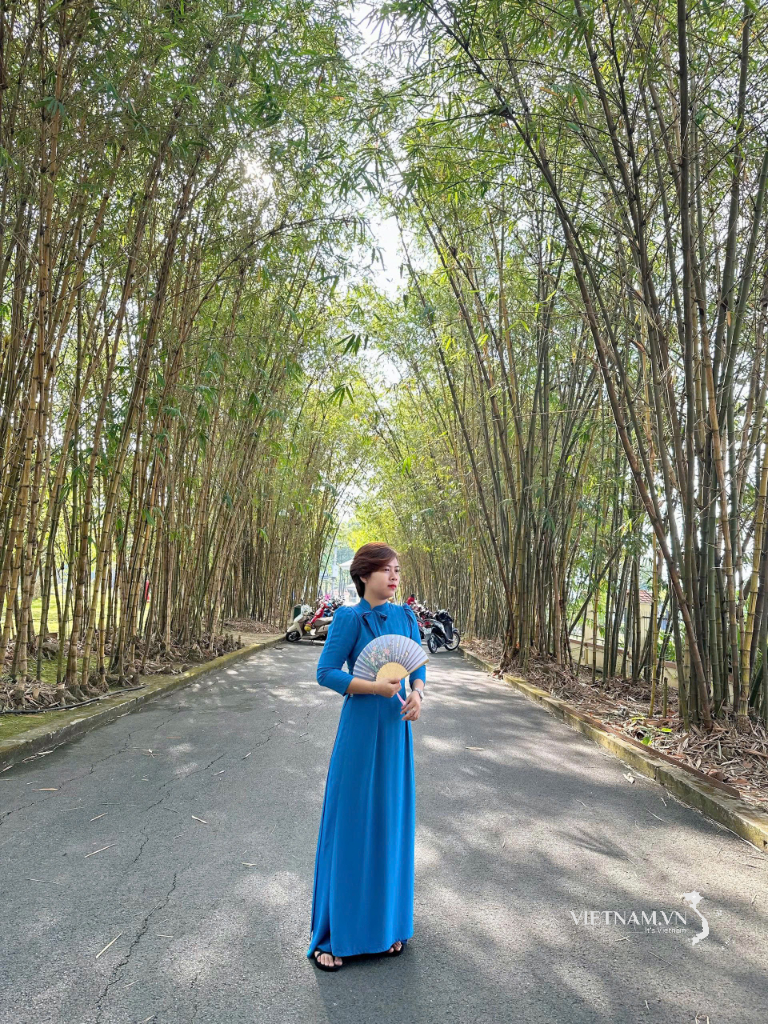
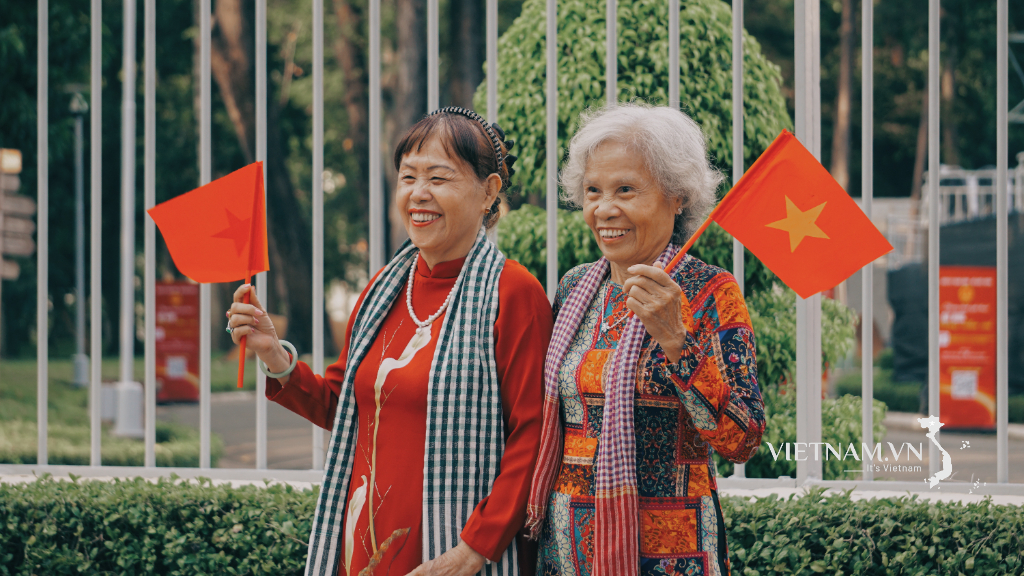
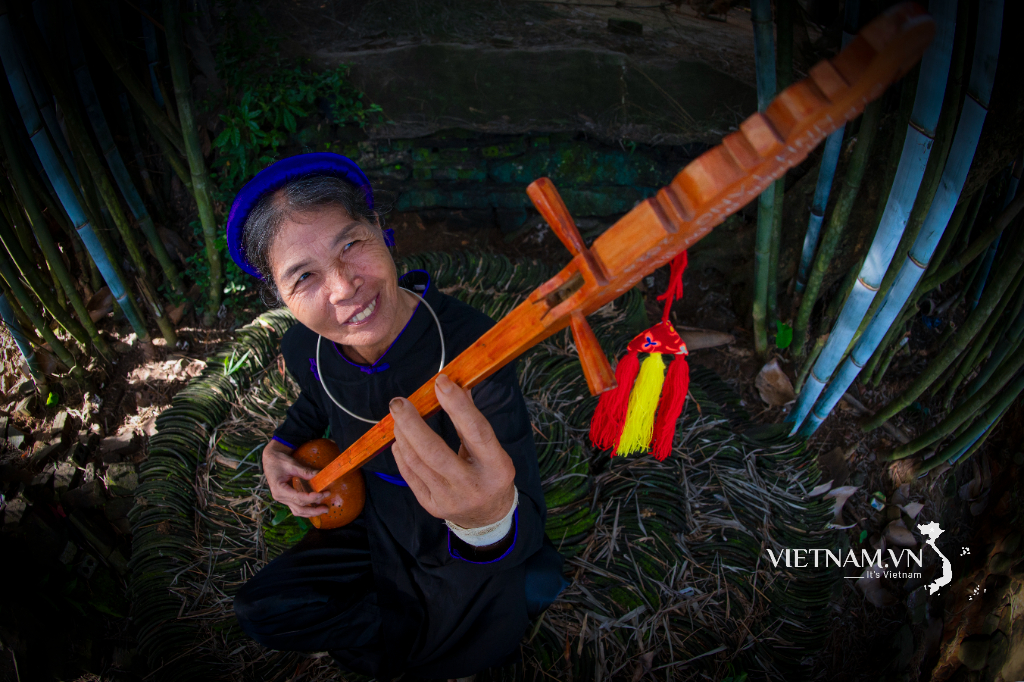

Comment (0)